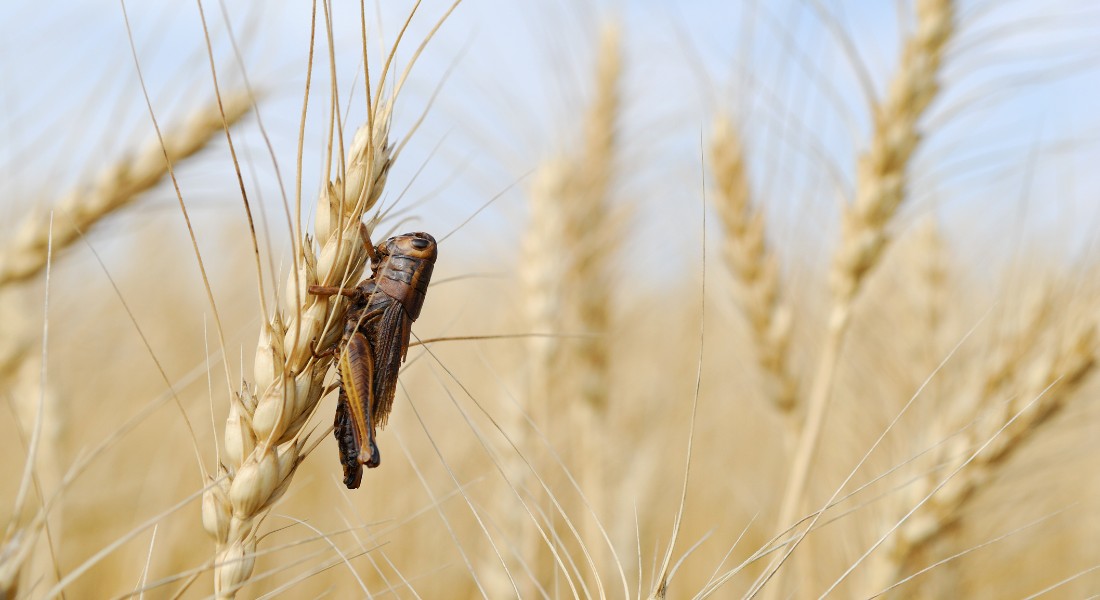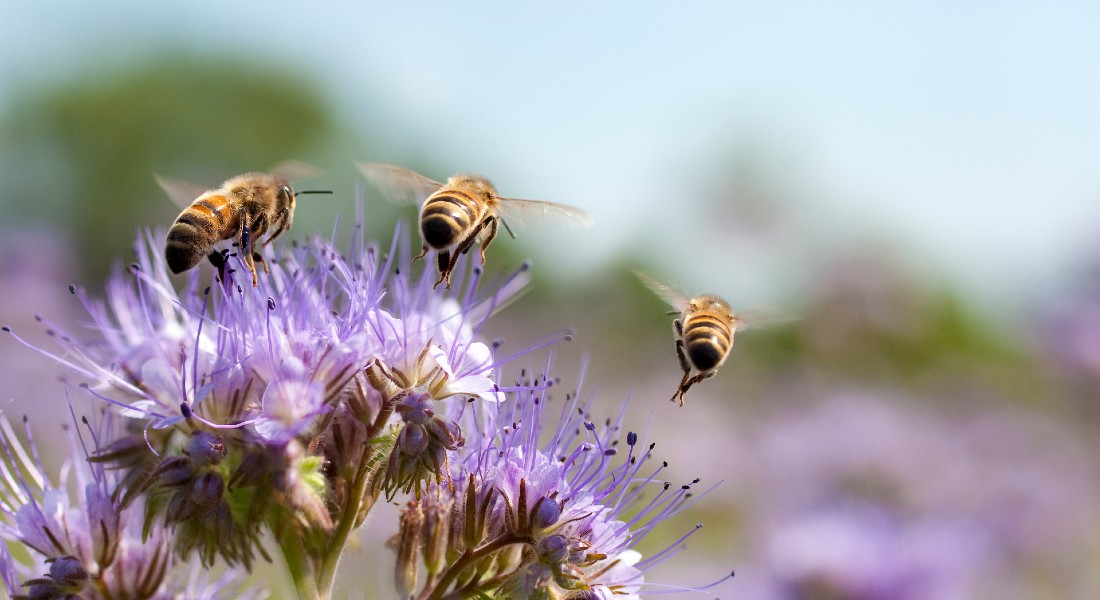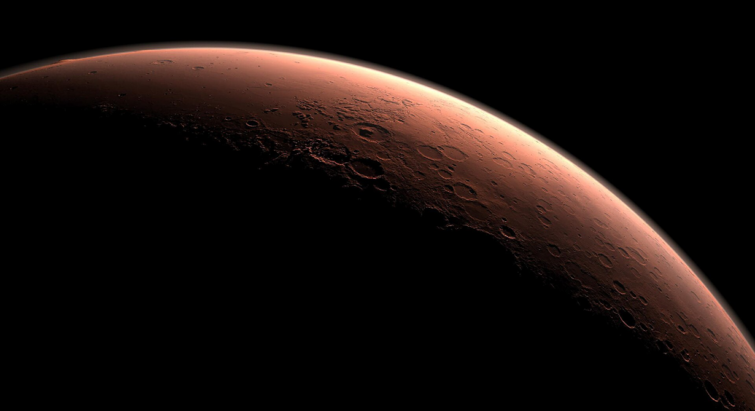
New invention can reduce agricultural pesticide use: Distinguishes harmful insects from helpful ones
A researcher from the University of Copenhagen has developed an algorithm that, in tandem with a sensor, makes it possible to distinguish crop-harming insects from helpful ones that pollinate and contribute to plant growth. This, according to the researcher’s new study, allows farmers to constrain pesticide use by only targeting harmful insects.

Pesticides are formulated to eliminate insects that attack crops and render them useless. Unfortunately, these pesticides affect beneficial bugs too—those that, for example, pollinate, sweeten fruit and protect plants from aphids. This poses a problem for biodiversity.
As described in a recent study, a new invention promises to reverse this dynamic. In a collaboration with FaunaPhotonics, a University of Copenhagen researcher has developed a technology that can distinguish helpful insects from harmful ones.
"We have developed an algorithm that, in tandem with a sensor, can identify fields with large numbers of harmful insects. In this way, a farmer can target pesticides in specific fields instead of spraying them all so as to be ‘safe rather than sorry'," explains Klas Rydhmer, a PhD student at the Department of Geosciences and Natural Resource Management, adding:
"The next step is to make the sensors mobile so that they can measure exactly where harmful insects are in a field. For example, a farmer might only need to spray the right side of a field. Thus, our technology can hopefully minimise the use of pesticides which are problematic for the environment and that often and unnecessarily harm beneficial insects such as wasps, bees, ladybugs, phytoseiid mites and wolf spiders."

Sensors distinguish insect species
In collaboration with biologists and engineers at FaunaPhotonics, Klas Rydhmer has developed a sensor which, using infrared light, can distinguish insect species.
The solar-powered sensor is able to detect the speed of insect wingbeats, how large insect bodies are in relation to their wingspans as well as insect color. This information is passed along to an algorithm that categorizes the insects into species groups and notifies the farmer via a computer or mobile device.
"In Denmark, we are particularly vulnerable to rapeseed pests that burrow into rapeseed plants and create holes where other insects then lay their eggs. Using the sensor, we can see which fields are affected by these pests and concentrate our pesticide use there, while leaving other fields alone," explains Klas Rydhmer.
Saves time and boosts biodiversity
In the past, farmers used yellow catch trays filled with water or flypaper to ascertain the presence of harmful insects in their fields.
"Our sensor and algorithm make it possible to collect information about one’s fields hour by hour, season after season. It also opens up completely new opportunities to investigate the behaviour of insects so that we can learn how to protect them in the best possible way, and in doing so, protect biodiversity," says Klas Rydhmer.
Although the sensors have mainly been tested in the laboratory, several experiments are taking place in working fields.
According to the UCPH researcher, "About 15 Danish farms are currently testing the sensors. Across the EU, there are roughly 100 sensors being tested as we speak. We feel quite confident that they will work as intended," concludes Klas Rydhmer.
Topics
Related News
Contact
Klas Rydhmer
Ph.D.
Department of Geosciences and Natural Resource Management
University of Copenhagen
kkgr@ign.ku.dk
+45 53839456
Ida Eriksen
Journalist
The Faculty of Science
University of Copenhagen
+45 93 51 60 02
ier@science.ku.dk


